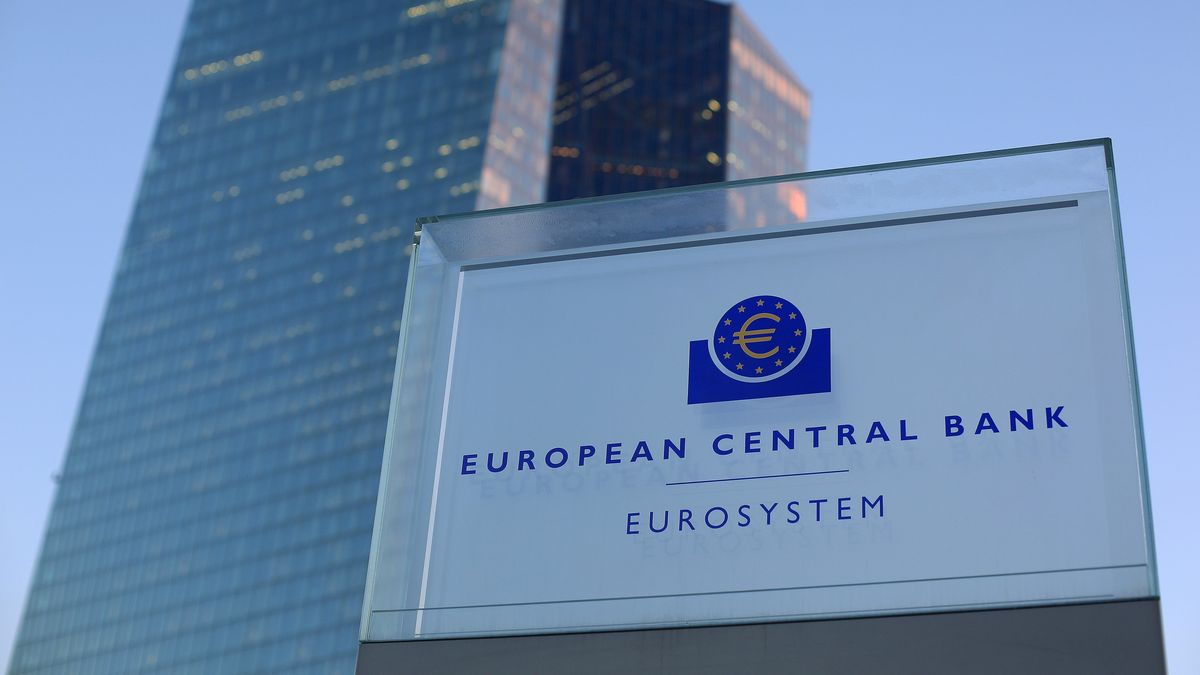The economy of the area Euro stagnated in the last quarter, due to the Consumer concernwhich closed their portfolios, which fears that the scheduled recovery has long been delayed even more, according to Eurostat data published Thursday.
The gross domestic product of the 20 countries that share the euro remained unchanged with respect to the previous quarter, below the expectations of an expansion of 0.1% according to a survey, since Two consecutive years of contraction in Germany weighed on the block as a whole.
The growth of the euro zone was anemic during the last two years, at a time when The industry is in deep recession for high energy costscountries have little effective to spend and households have saved more, which has harmed consumption.
This tendency to weakening did not make it accelerate in recent months before The concern that the labor market is softening And that a Commercial War with the United States It can drag even below an economy already weak.
European Central Bank: What will you do with interest rates
This negative confidence loop is one of the main reasons why it is almost certain that The European Central Bank cuts interest rates for the fourth time consecutive on Thursday and indicates even more relaxation of monetary policy.
However, part of the loss of quarterly growth may be due to Irelandwhich registered a 1.3%decrease. The strong presence of multinationals in this country, including the main technological and pharmaceutical companies in the world, distorts its growth figures and causes volatility.
Compared to the previous year, the growth of the fourth quarter in the euro zone increased by 0.9%, below 1.0%expectations.
Among the largest economies in the euro zone, Germany and France contracted, while Italy stagnated and Spain registered a 0.8%growth.
As a sample of the difficulties of the labor market in the area, Unemployment rose to 6.3% in December, compared to 6.2% of the previous month, according to Eurostat data.
It is expected that Growth accelerates until 2025 and increases in 2026 until the so -called “potential”or stationary state without stimuli and without generating excess inflation.
The problem is that this rate is only around 1.4%, well below 1.8%-1.9%estimated for the United States, which suggests that the euro zone will remain behind the largest economy of the world in the coming years.
One of the main reasons is that the growth of productivity in the euro zone is anemic and structural failures, from the cumbersome regulation and political discord to the fragmentation of the markets, will stop any improvement.
But even this modest recovery of potential growth is in question.
The figures disappointed during much of last yearwhile monetary leaders have overestimated consumer resistance.
Households have recovered lost savings for rapid inflation, but are increasingly concerned about loss of employment, so it is unlikely that spending will recover significantly.
Source: Ambito
I am an author and journalist who has worked in the entertainment industry for over a decade. I currently work as a news editor at a major news website, and my focus is on covering the latest trends in entertainment. I also write occasional pieces for other outlets, and have authored two books about the entertainment industry.




